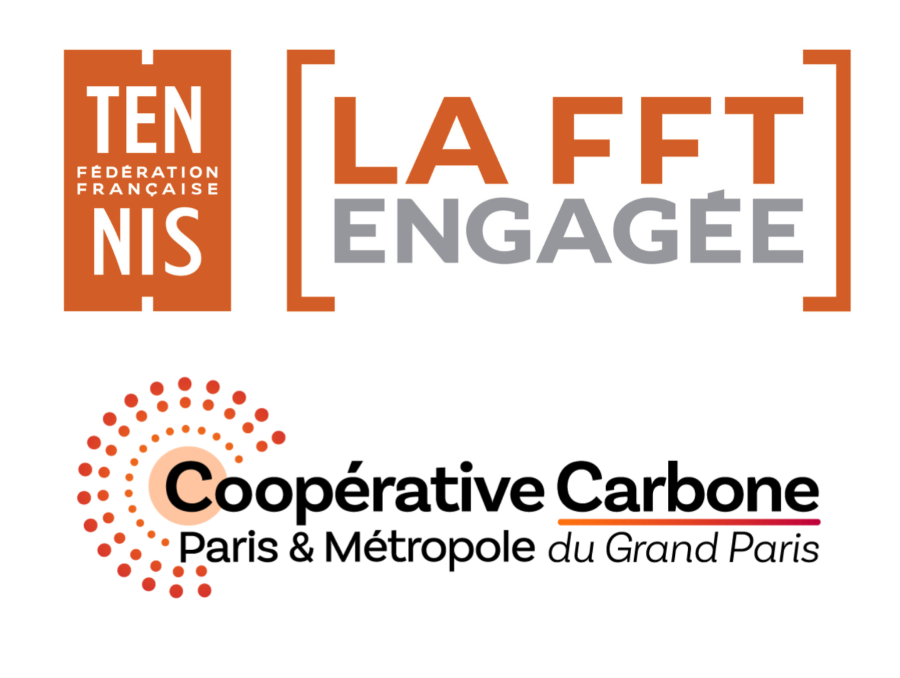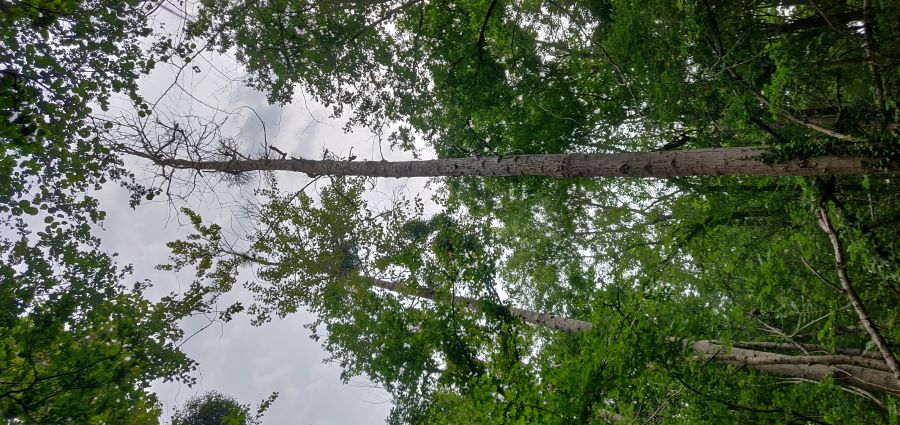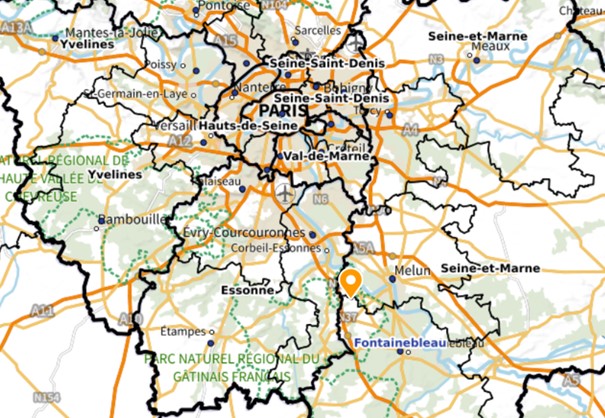Reforestation Pringy

Frenche Tennis Federation with the support of Coopérative Carbone Paris
The French Tennis Federation, accompanied by Coopérative Carbone Paris, has contributed 600 tonnes of CO2 to the Pringy reforestation project. These will be verified following an audit 5 years after planting.




